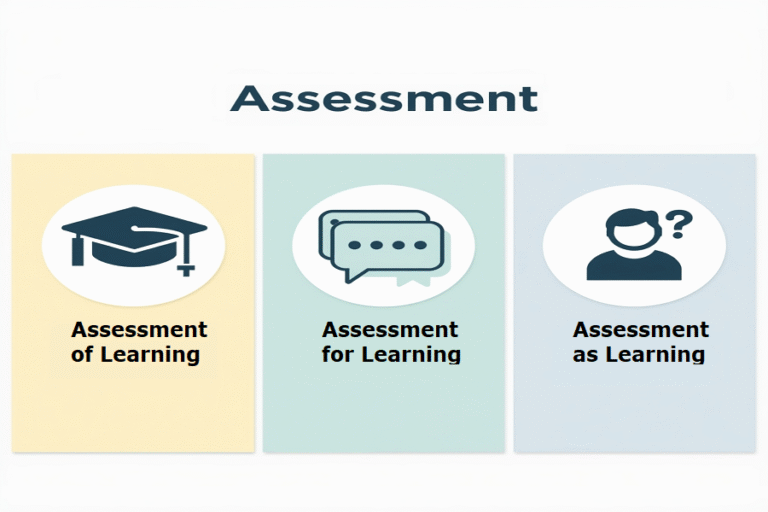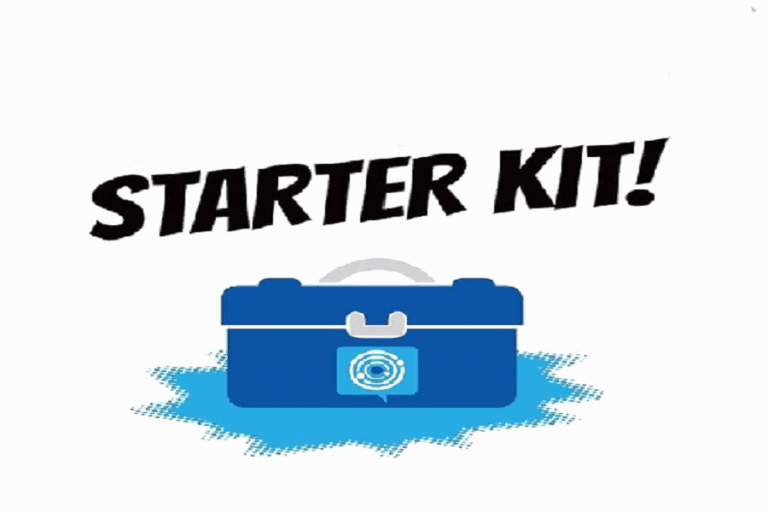
In today’s globalized business environment, professionals who speak English well—especially in business contexts—gain a competitive edge. Whether for recruitment, promotion, or client communication, the Business English Test is becoming a vital tool.
This article will walk you through what a Business English Test is, why it matters, how it works, what leading options exist, how to prepare, and how to choose the right test for your situation.
What Is a Business English Test?
A Business English Test is an assessment designed to evaluate language skills required in professional environments. Rather than general or academic English, it focuses on vocabulary, grammar, reading, writing, listening, and speaking in business contexts: emails, reports, meetings, negotiations, presentations, and corporate communication.
Many business English tests align with the Common European Framework of Reference for Languages (CEFR) to map levels (A1 through C2). Others rely on proprietary scoring systems, but they often correlate to CEFR levels.
The test is used by employers, training providers, and learners to certify competence in work-related English.
Why Use a Business English Test?
* Objective evaluation:
It provides standardized data on strengths and weaknesses in business-relevant English competencies.
* Recruitment & selection:
Employers use it to screen candidates, especially for roles with international or client-facing responsibilities.
* Benchmarking and training:
It sets a baseline so you can measure progress after training or coaching.
* Certification credibility:
A certified score can strengthen resumes, portfolios, and credibility in global contexts.
* Skill targeting:
The test reveals specific weak areas (e.g. writing, listening) so you can focus your preparation.
How a Business English Test Works
A typical Business English Test will cover the four language skills and certain sub-skills.
Here’s a breakdown:
Listening
- Business conversations, conference calls, announcements or short lectures
- Multiple-choice or short-answer questions
Reading
- Business articles, emails, reports, charts
- Matching, true/false, multiple-choice, cloze tests
Writing
- Writing emails, memos, reports, and proposals
- Sometimes integrating reading or data (e.g. “summarize this graph”)
Speaking
- Role-play scenarios (meetings, pitches, negotiations)
- Monologue (present your opinion on a topic)
- Dialogue with an examiner
Vocabulary & Grammar
- Contextual business vocabulary (e.g. “deadline,” “margin,” “stakeholders”)
- Grammar in professional contexts (conditionals, passive voice, modal verbs)
Scoring & Levels
Scores may be reported via CEFR bands (A1 to C2) or a bespoke scale (for example, 0–100). Some tests map their scores to CEFR equivalents.
Top Business English Test Options
Here are the leading tests and platforms that specialize in or include business English assessments. I’ve drawn from recent industry comparisons.
|
Test/Platform |
Strengths & Uses |
Format Highlights |
Notes |
|
Linguaskill (Cambridge) |
Successor to BULATS, designed for corporate use |
Adaptive modules, results in ~48 hrs |
Tailored for business settings |
|
TOEIC (Business variant) |
Widely recognized in Asia, Latin America |
Listening & Reading; Speaking & Writing |
Good benchmark for workplace English |
|
Business English Certificate (BEC) |
Cambridge’s certification in business English |
B1, B2, C1 levels; Reading, Writing, Listening, Speaking |
Widely accepted by employers |
|
Central Test Business English Test |
Focused assessment for professional contexts |
Grammar, Vocabulary, Reading, Comprehension |
Useful for HR and internal assessments |
|
Testlify Business English Test |
Platform integration for hiring processes |
~35 minutes, ~32 items across skills |
Good for screening in recruitment pipelines |
|
Other tests (supplementary options) |
Pipplet, Versant, Preply |
Various adaptive and AI-scored modules |
Versatile choices depending on business needs |
Note on BULATS: The Business Language Testing Service (BULATS) was retired in December 2019. Its functions have largely been absorbed by Linguaskill.
These tests differ in length, scoring, adaptability, cost, and recognition. The best choice depends on your budget, purpose (hiring, training, certification), and acceptance in your industry or country.
How to Choose the Right Business English Test
When selecting, consider these criteria:
1. Recognition and prestige
Which tests do your target companies, institutions or regions accept or respect?
2. Relevance to your context
If you handle technical or financial roles, pick a test with a business vocabulary context.
3. Time and format constraints
Some tests are short (e.g. 30–40 min), others longer; some are fully online.
4. Cost and accessibility
Check whether remote delivery, test centers, or subscription models apply.
5. Scoring system & feedback depth
Do you need detailed diagnostic feedback or just pass/fail?
6. Re-test frequency or validity
How long is the certificate valid? Can you retake modules?
7. Adaptive testing & AI scoring
Some modern tests adapt to your level dynamically, offering efficiency.
How to Prepare for the Business English Test
1. Understand the test format
Obtain official sample tests or practice materials (many providers offer free demos).
2. Focus on business vocabulary
Learn common business collocations, idioms, and domain-specific terms (finance, marketing, operations).
3. Practice integrated tasks
Do exercises combining skills, e.g. read a report, then write a summary, then answer listening questions.
4. Simulate real business scenarios
Role-plays—meetings, negotiations, presentations—help with fluency under pressure.
5. Time yourself
Ensure you can complete each section within time limits.
6. Get feedback
Use a tutor or native speaker focused on business usage to correct errors in tone, register, and clarity.
7. Analyze errors & improve
Review recurring errors in grammar, article usage, modals, prepositions, etc.
8. Build reading & listening habits
Read business news (e.g. Financial Times, The Economist) and listen to podcasts or webinars in your industry.
9. Use test-prep platforms
Many language-learning platforms offer tailored preparation for business English.
Best Practices for Taking the Business English Test
1. Stay calm and pace yourself
Don’t dwell too long on difficult questions; move on and return if time permits.
2. Read instructions carefully
Business tests often include instructions like “write in formal tone” or “assume an internal memo.”
3. Use business register
Avoid informal slang; be clear, concise, and professional.
4. Support your assertions
In writing or speaking, cite examples, data, or structure your ideas clearly.
5. Manage transitions and signposting
Use phrases like “firstly,” “on the other hand,” “in conclusion” to guide your listener/reader.
6. Check for consistency and coherence
Make sure your document or speech flows well, with logical progression.
7. Review your work
If time allows, proofread writing for grammar, spelling, clarity.
The Future of Business English Testing
With increased remote work, digital assessments have become standard. AI scoring, adaptive testing, instant feedback, and modular assessments are on the rise. Providers are emphasizing scalability, real-world alignment, and deeper analytics to guide training investments.
Furthermore, integration with hiring platforms and learning management systems is pushing business English testing closer to HR and talent development ecosystems.
Summary
The Business English Test is a purpose-built assessment for professional communication skills. To succeed:
1. Choose a test aligned with your goals (recruitment, certification, training)
2. Use recognized providers like Linguaskill, BEC, Central Test, Testlify
3. Focus preparation on business vocabulary, integrated tasks, and realistic scenarios
4. Practice under timed conditions and get feedback
5. Apply best practices in registration, tone, coherence, and review
When done well, a strong score in a Business English Test can open doors to promotions, international roles, and greater credibility.
Frequently Asked Questions (FAQ)
Below are some common questions people ask about a Business English Test, based on “People Also Ask” results and industry queries.
Q: What is a business English exam?
A business English exam is a language assessment focused on skills needed in commercial and professional environments—writing emails, reports, negotiating, presentations, reading corporate texts, listening to meetings, and speaking in formal contexts.
Q: How do business English tests differ from general English tests?
Business English tests emphasize vocabulary, formats, and tasks relevant to workplaces rather than academic or social settings. They may include role-plays, memo writing, negotiation simulations, or business report reading.
Q: Which Business English test is most recognized?
Recognition varies by region. Tests like BEC (Business English Certificate) and Linguaskill are widely accepted in Europe and many multinational firms. TOEIC is also established in many business contexts. The “most recognized” test is the one accepted by your target organization.
Q: How long is a business English test valid?
Validity depends on the provider. Many certificates remain valid for 2 years. Always verify with the issuing institution or test provider.
Q: How do I prepare for a business English exam?
Use official sample tests, build specialized vocabulary, simulate business scenarios, practice timed tasks, get feedback on writing/speaking, analyze mistakes, and read/listen to professional or industry content.
Q: What score is passing in a business English test?
There is no universal “passing” score. Many tests map to CEFR levels: for example, a B2 (Upper-Intermediate) or C1 (Advanced) is often considered sufficient for many corporate roles. The passing threshold depends on the role’s demands and the organization’s expectation.
Q: Can I take a business English test online?
Yes. Many tests (Linguaskill, Testlify, some BEC modes, etc.) offer fully online or remote proctored versions. Be sure to check requirements for equipment, supervision, and time zones.
Wondering how to teach the four English language skills? It’s like this…
Although the development of the four English language skills (listening, speaking, reading & writing) must be made the focus of all learning activities in Business English classes, many English language teachers are in doubt about how to teach these skills and what to do exactly to develop them in their students.
That’s why I’ve created this comprehensive guide:
Teaching the Four English Language Skills: A Comprehensive Guide
It includes the following:
* Insightful information about the nature of each of the four language skills.
* Practical procedures and activities that can be implemented in the classroom to develop these skills in Business English students.
* Tasks, activities, and teaching techniques suitable for students’ interests, needs, and learning levels.
And more!
Claim your copy now. Here
And feel free to hit reply if you have any questions!






